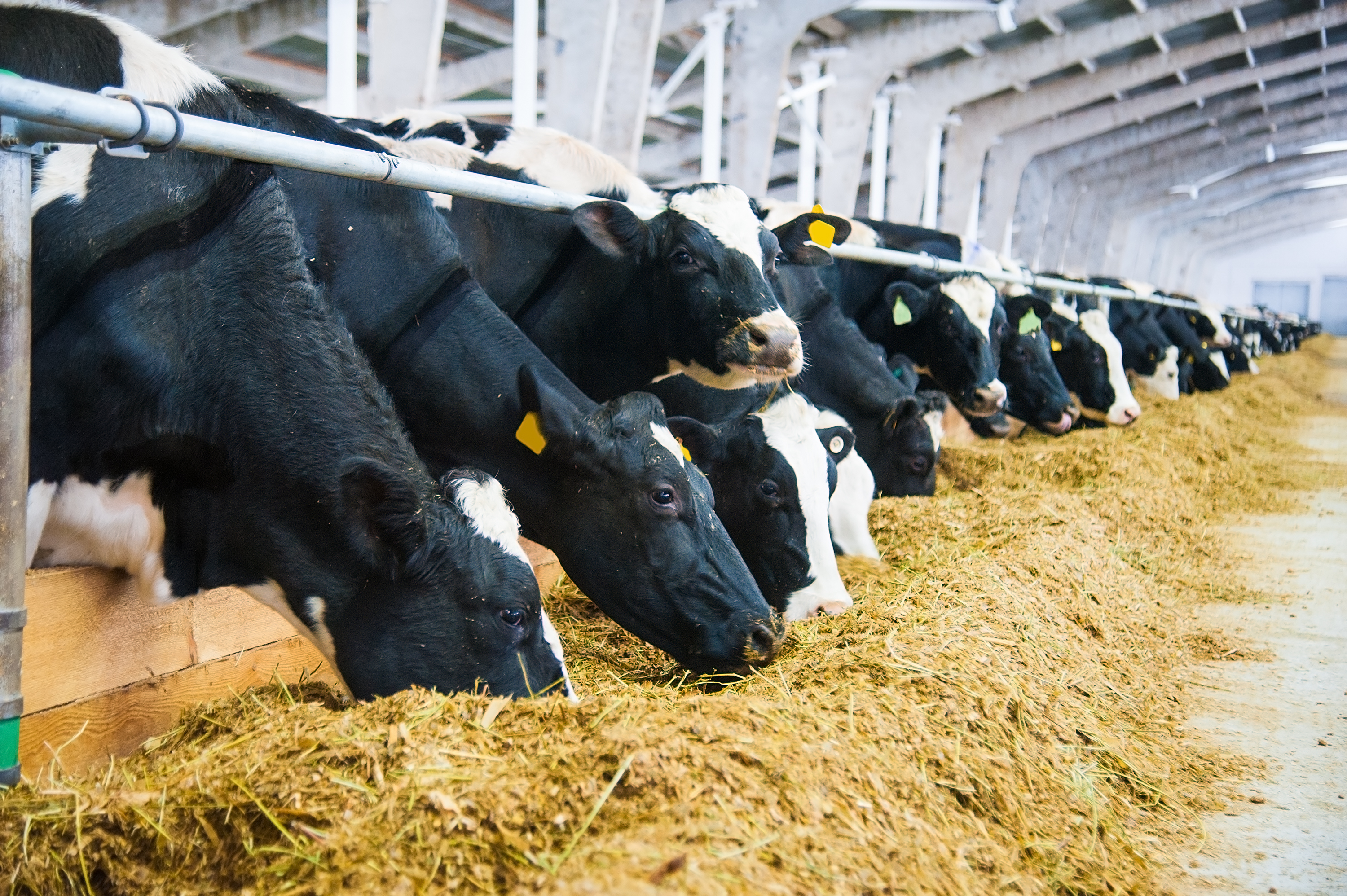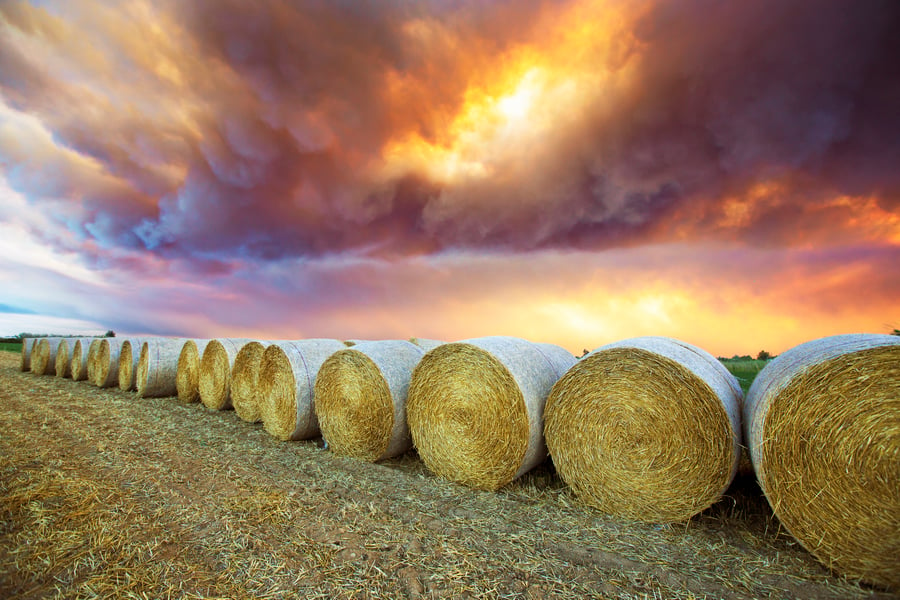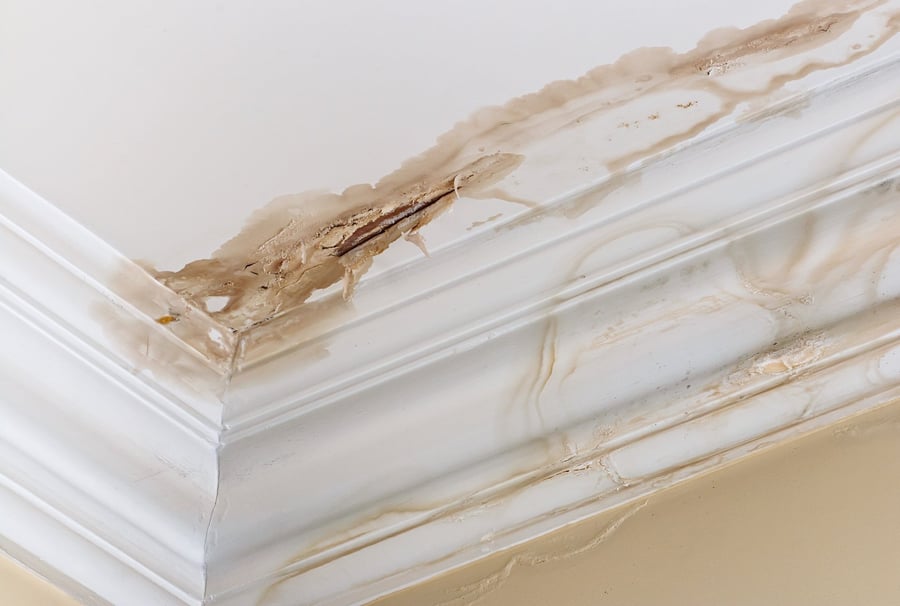Buying a Hay Moisture Meter: The Ultimate Checklist

You've got a lot of resources invested in your hay crop, so you're wise to do all you can to ensure it's of the highest quality for your buyer. Tracking the moisture content (MC) in your stock throughout the harvest, baling and storage cycles is essential. You need accurate MC data to guarantee that quality, so you'll want to purchase the best available moisture meter for hay. Your best option, of course, is a Delmhorst moisture meter.
Assure Hay Quality with a Delmhorst Moisture Meter
Delmhorst is proud of its stellar industry reputation as the maker of premier hay moisture meters and supplies. The new Navigator™ series of moisture meters for hay – FX-20, and FX-30 (which is equipped with the innovative EDGE™ App with Bluetooth® connectivity) – offers a variety of features and capacities that provide every hay producer with a reliable and accurate tool to measure the %MC in their hay crop. The well-known FX-2000 offers the convenience of on-the-go monitoring as well as handheld functionality.
To help you choose the best option for your needs, follow this checklist of key moisture management considerations:
- Do a full assessment of your farming operation to determine how improved MC data can enhance its value. Moisture in any agricultural crop can cause a myriad of issues, from mold and mildew growth to triggering a hay bale fire. Keeping it at an optimal level protects both the crop and your investments.
- Check the quality and durability of your moisture meter options. Delmhorst designs its meters for a long and rugged life exposed to the rigors of farming. Their case assemblies and probes withstand the inevitable banging around that's typical in busy farming environments. They also incorporate ergonomic features that make each meter comfortable to hold and operate, regardless of where you're working.
- Use the right tool – and the proper probe – for the job. Several factors determine which tools are best for your use, including the type of crop, and where it is in the harvesting, baling, and storage cycle. Delmhorst designs its probes to measure MC levels at all of those stages of production. For example:
- The 831 pin prod measures %MC in the windrow.
- The 1986 Bale Sensor provides continuous measurements during the baling process.
- Several probe options in the 830 series are available for the final baled product, depending on its size and shape.
- Not all hay is produced for the same purpose, so your moisture meter must conform to both your type of hay as well as the processes you use to bale, and store it. For maximum versatility, Delmhorst meters measure across a range of MC levels, from as low as 6% to as high as 40%. You'll want to ensure the %MC in your bales is optimal for their size and shape, up to 20% in small square bales, 12-16% in large square bales, and 15% in round bales.
- The baling process presents the biggest challenge for accurately tracking moisture content in hay. You want to be confident you're not making bales with hay that is too wet or too dry. Delmhorst offers a meter and sensor that work in continuous mode to capture MC data inside the baler as the bales are formed. Cables connect the sensor to the meter, letting you monitor that MC range from the safety and comfort of your tractor cab.
- Maintenance of your moisture meter is also a key factor for keeping it fully operational. Delmhorst recommends checking the calibration settings of your meter on a regular basis to ensure that it's working at peak performance. Even just a 3%-4% difference in MC in loose hay can ruin a bale or – worse – a whole crop. Bales with too much moisture can develop mold and even spontaneously combust. Those with not enough moisture tend to lose leaves that contain most of the nutrition. MC accuracy is critical to the success of your crop and your business.
From the Farmer's Mouth: David Schneider of Schneider Alfalfa
Hay producers like David Schneider can attest to the quality – and longevity – of Delmhorst moisture meters. His company, Schneider Alfalfa, has used Delmhorst moisture meters for three generations, and he credits its growth to the consistently high quality of hay he is able to provide his customer base with the help of those meters.
"Over the years,” he says, “Schneider Alfalfa has expanded its acreage and customer base. However, with growth came challenges in ensuring consistent hay quality.” Schneider names moisture control as a key challenge, noting that any deviation in %MC can cause both product and financial disaster. Having once experienced a moldy crop and its economic impact, the livestock feed provider relies on Delmhorst meters to prevent a recurrence.
"Delmhorst testers greatly improved the accuracy of our testing, reducing waste (no more spoiled hay!), and ensuring consistent hay quality," he says, adding that customers consistently report high satisfaction with the quality of their hay product. "Delmhorst products will continue to be essential [to Schneider Alfalfa] for ensuring hay quality."
As you move through your moisture meter selection checklist, consider the high industry reputation enjoyed by Delmhorst across all of the markets in which its meters protect against moisture damage and moisture-related losses. Its after-sale service is as highly valued as its meters. Reach out to Delmhorst today for more information
Subscribe to Our Blog
Post Related

5 Tips for Accurately Using a Restoration Moisture Meter


